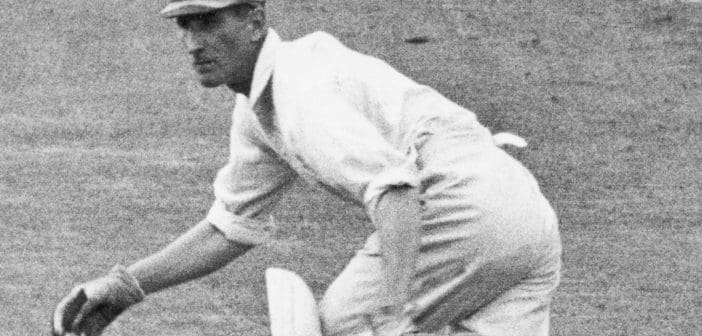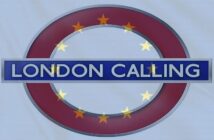Several years ago there was an exhibition related to the Bodyline series of 1932/3 in the Long Room at Lord’s. The most striking feature of which, for me at least, was seeing one of the balls used in the series.
It had a small seam. It looked smaller, too, than a normal men’s cricket ball. It cannot have been, logically, so this must have been an optical illusion caused in part by the lack of a protruding seam. It was the kind of thing I would have hated to have bowled with.
How were bowlers supposed to take wickets Down Under with that? Tests in Australia were all timeless in that era, played to a finish. So the pitches were designed to last, thus were normally good for batting on. This was the era of high-scoring Australia batsmen, of whom Don Bradman was the pre-eminent one.
Seam bowlers were not going to have joy with such a type of cricket ball as there was little by way of a seam to work with.
Cricket balls in Australia traditionally do not swing. So what were the pace bowlers to do with this ball, which they could not seam, could not swing?
Such a question has also been faced by the captains and coaches at this world cup. One-day pitches tend to be prepared to favour batsmen – though, delightfully, this has been reined in a bit for this world cup, to the benefit of the cricket – and the white Kookaburra ball neither seams nor swings.
So what tactics are the bowling side to adopt?
The answer that the coaches and captains have come up with is exactly the same one as Douglas Jardine hit upon in 1932 – pitch it in short and restrict their range of shots.
![Prost International [PINT]](https://prostinternational.com/wp-content/uploads/2021/08/PINTtFontLogoRoboto1536x78.jpg)



